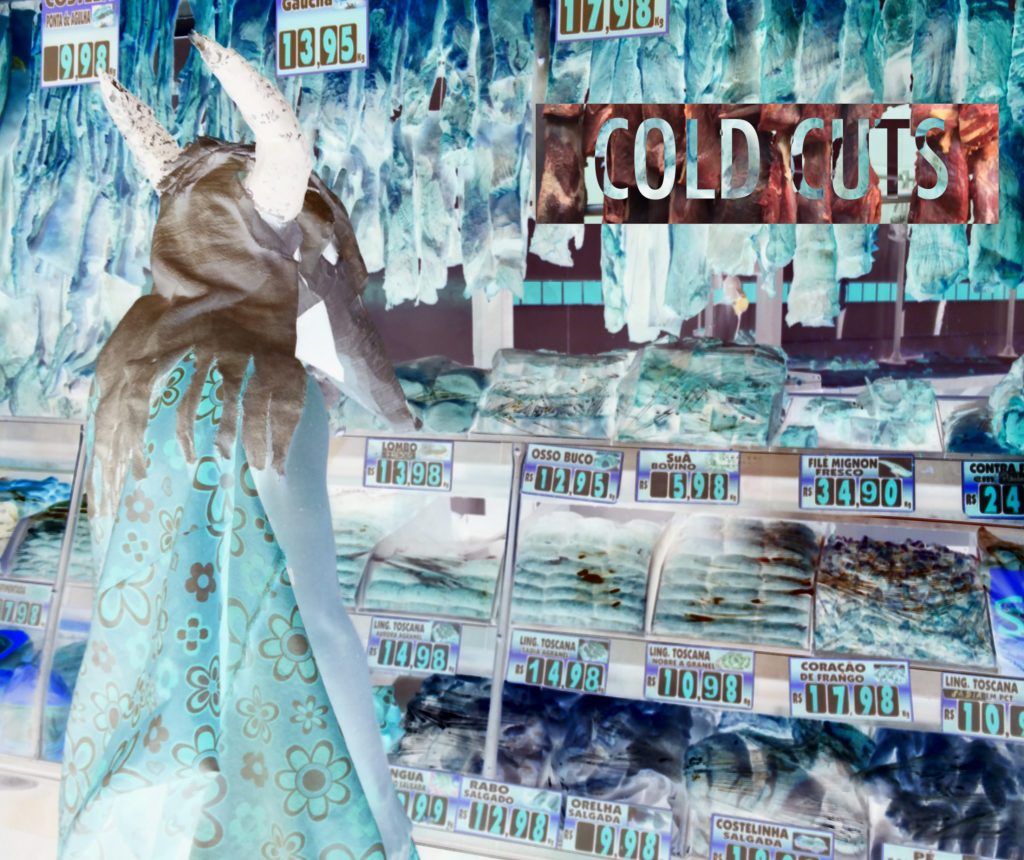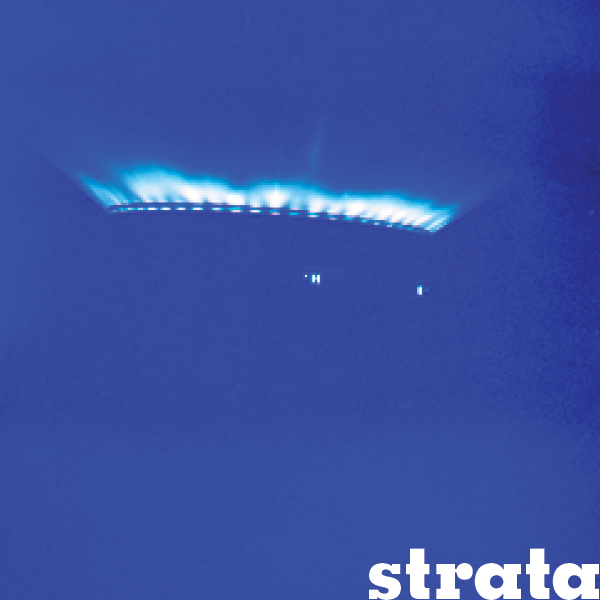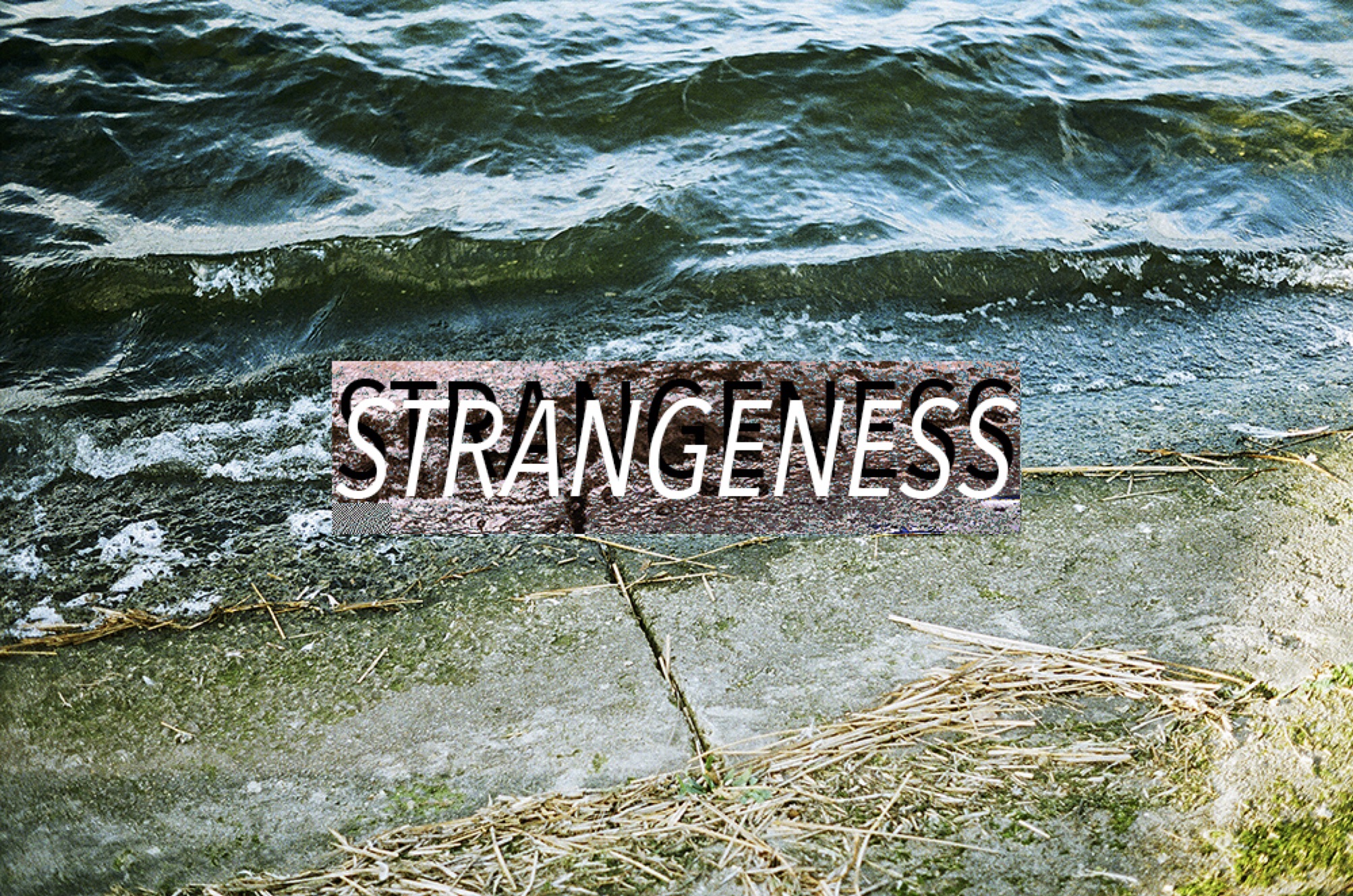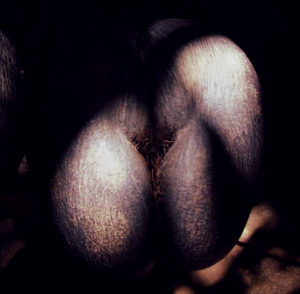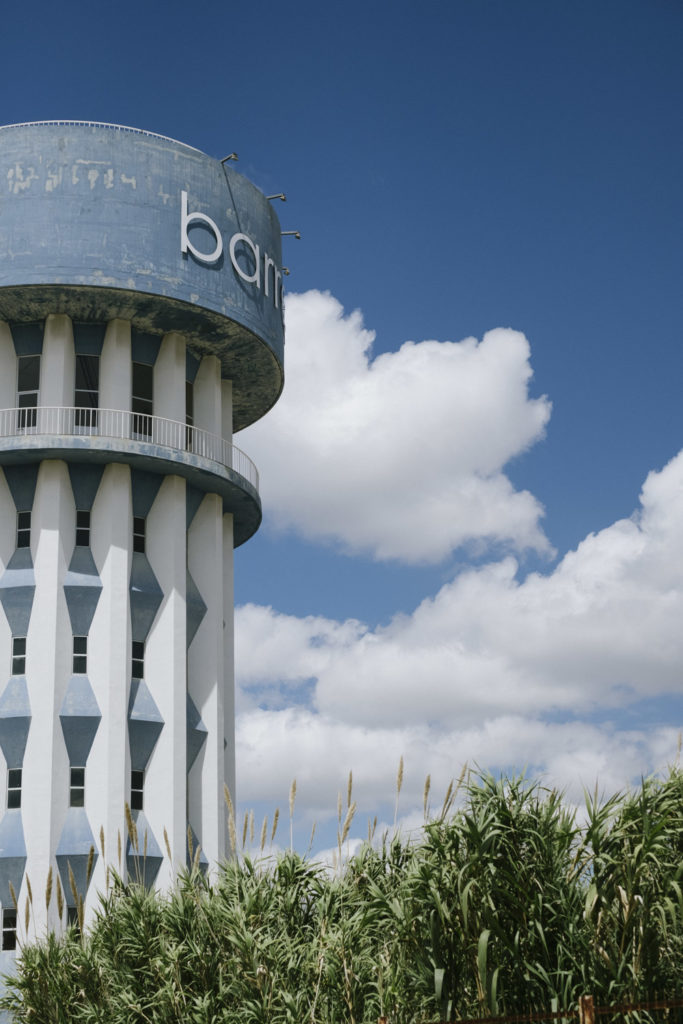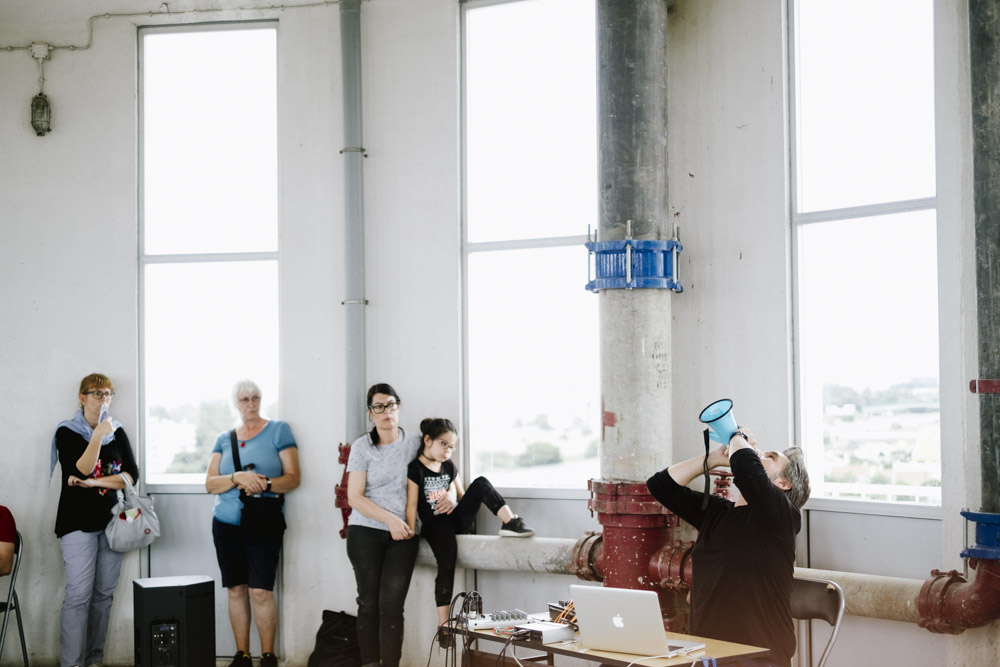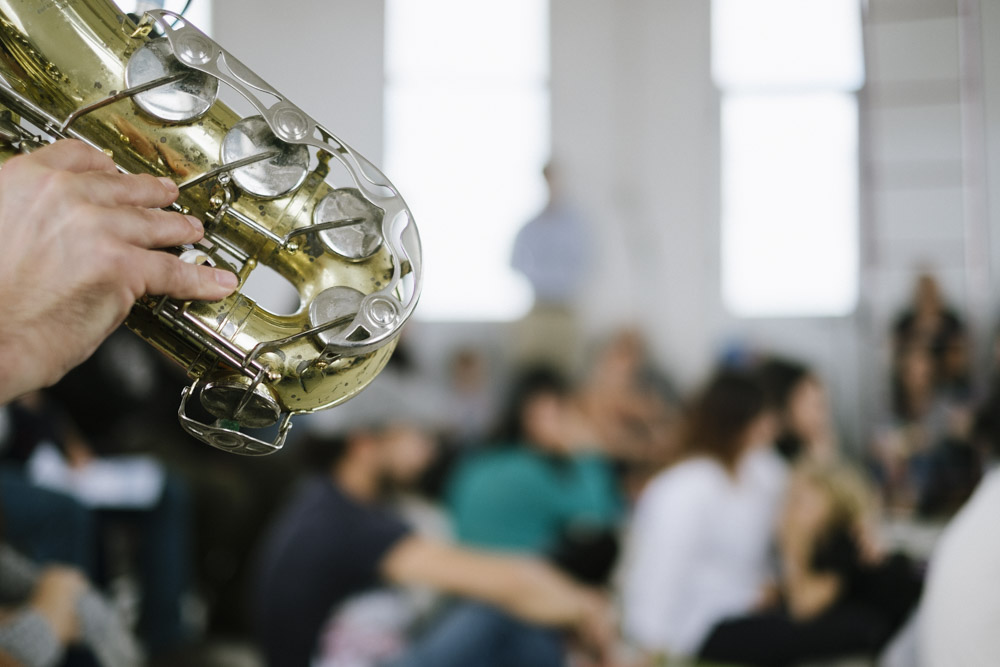Can radio art comment, torpedo, disrupt and cross the flood of information we are facing today? This show’s radio pieces have in mind the approach of the philosopher Santiago Zabala, who trusts in the power of art works to raise awareness “for an emergency that is absent because of the very danger it implies.”
NOTHING LIKE US EVER WAS
radio performance by Gregory Whitehead
with vocalist Laura Wiens
based on Carl Sandburg’s „Four Preludes on Playthings of the Wind“:
The past is a bucket of ashes.
1
The woman named Tomorrow
sits with a hairpin in her teeth
and takes her time
and does her hair the way she wants it
and fastens at last the last braid and coil
and puts the hairpin where it belongs
and turns and drawls: Well, what of it?
My grandmother, Yesterday, is gone.
What of it? Let the dead be dead.
2
The doors were cedar
and the panels strips of gold
and the girls were golden girls
and the panels read and the girls chanted:
We are the greatest city,
the greatest nation:
nothing like us ever was.
The doors are twisted on broken hinges.
Sheets of rain swish through on the wind
where the golden girls ran and the panels read:
We are the greatest city,
the greatest nation,
nothing like us ever was.
3
It has happened before.
Strong men put up a city and got
a nation together,
And paid singers to sing and women
to warble: We are the greatest city,
the greatest nation,
nothing like us ever was.
And while the singers sang
and the strong men listened
and paid the singers well
and felt good about it all,
there were rats and lizards who listened
… and the only listeners left now
… are … the rats … and the lizards.
And there are black crows
crying, „Caw, caw,“
bringing mud and sticks
building a nest
over the words carved
on the doors where the panels were cedar
and the strips on the panels were gold
and the golden girls came singing:
We are the greatest city,
the greatest nation:
nothing like us ever was.
The only singers now are crows crying, „Caw, caw,“
And the sheets of rain whine in the wind and doorways.
And the only listeners now are … the rats … and the lizards.
4
The feet of the rats
scribble on the door sills;
the hieroglyphs of the rat footprints
chatter the pedigrees of the rats
and babble of the blood
and gabble of the breed
of the grandfathers and the great-grandfathers
of the rats.
And the wind shifts
and the dust on a door sill shifts
and even the writing of the rat footprints
tells us nothing, nothing at all
about the greatest city, the greatest nation
where the strong men listened
and the women warbled: Nothing like us ever was.
ICE CRISTALS (14:00 min, 2017/2018)
by Leni Süß
field recordings: Halle/Saale, 2017, Wegajty 2015, Ürzig 2016 and Baracoa, 2015
Many thanks to the story tellers Anke Zimpel, Sviatlana Haidalionak and Sarah Washington.
